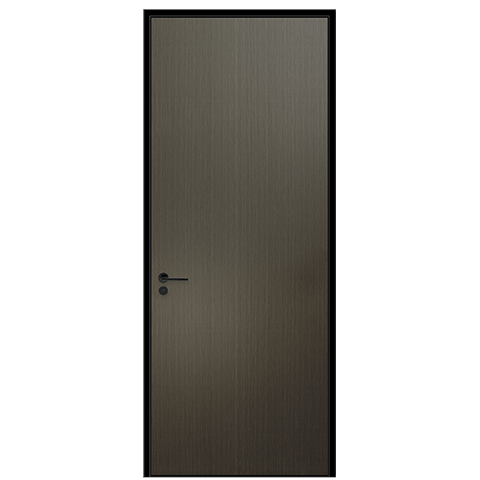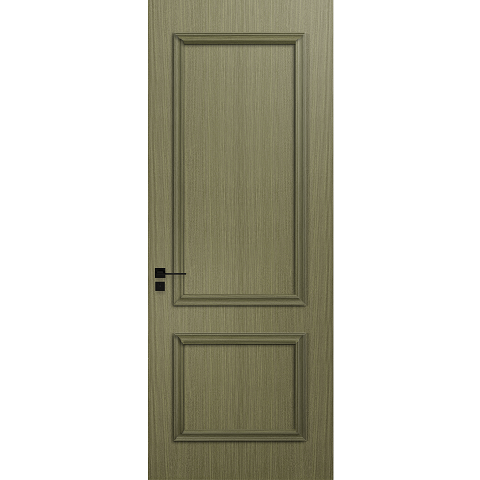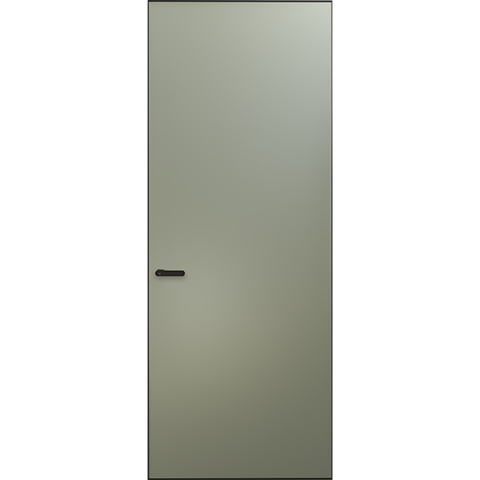How to solve the frost on the glass surface in winter?
1. Where does the phenomenon of condensation on doors and windows come from?
my country has a vast territory and a wide distribution of climates. As shown in the following ▽ "China Building Thermal Data Zoning Map", except for regions with warm winters such as Guangzhou and Hainan and mild winters such as Lijiang, the winters in other regions are relatively cold (0 ℃ or below)
This requires that the building must have, or even exceed the local thermal insulation performance [unit: W / (㎡·K)], so that there will be a better living environment indoors in winter.
However, doors, windows and walls are also used as barriers and city walls for building thermal insulation, but most windows do not have the same thermal insulation capacity as walls. K value [insulation performance of doors and windows, the lower the K value, the better the insulation performance of doors and windows, unit: W / (㎡·K)] is not up to the standard or even far below the local building insulation requirements, so that it has become the main "heat loss position" in the home.
The cold outside air passes through the poorly insulated windows, constantly eating away the heat in the room
The low K value of doors and windows not only causes the house to be "very cold and hot slowly" in winter, but also the room temperature is too low to affect the comfort
The heat loss process through the windows also tends to lower the surface temperature of the indoor doors and windows, resulting in condensation.
Regarding the condensation phenomenon of doors and windows, in addition to the root cause of "poor thermal insulation performance of doors and windows, resulting in low surface temperature of doors and windows", it is also affected by indoor temperature and humidity.
The higher the indoor air temperature, the higher the condensation temperature will be. At the same time, the higher the humidity in the air, the higher the dew point temperature will be.
For example, in a home where the floor heating is turned on, condensation will form on the inner surfaces of the doors and windows at 12 to 3 degrees, but if the floor heating is not turned on, condensation will only form on the inner surfaces of the doors and windows at 7 or 8 degrees; in areas where the doors and windows are closed and clothes are dried, condensation will be less than that The clothes drying room is much more serious.
2.the disadvantages of condensation on doors and windows
The disadvantages of condensation on doors and windows vary from person to person, let’s talk about it from childhood to big:
First of all, it affects sightlines and troubles, and condensation makes the entire window foggy, reducing the visibility and light transmittance of the glass. Moreover, it is cold and troublesome to wipe in winter, especially in places with higher windows, sunny roofs, and skylights. These two points will make "obsessive-compulsive disorder patients" helpless.
Secondly, if the condensation on the doors and windows is serious, it will cause the surrounding walls to peel off and mildew.
Finally, condensation on doors and windows and floor heating are a pair of natural enemies. Many homes with floor heating will have serious condensation or condensation...
If these shortcomings make you feel overwhelmed, here are the solutions:
3. Solutions to condensation on doors and windows
For most people, the small matter of "condensation on the inner surface of doors and windows" is entirely because of the need to wipe the condensed water every day in winter after moving in, which affects the life experience.
In this case, the condensation on doors and windows can be alleviated according to the two main causes of condensation. The first is to lower the indoor temperature by opening the windows to ventilate... Is there any super affordable, so simple and rude that Baydee is embarrassed to mention it.
To reduce indoor air humidity, purchasing a dehumidifier is an effective solution to dehumidification in environments such as basements, washing balconies and even living rooms.
And if you are installing a second suite at home, you have already hated this phenomenon, so you can pay more attention to the following points when purchasing doors and windows:
1. Whether doors and windows condense in winter does not depend on the K value of the entire window (the average thermal insulation performance of the entire window), but that the profiles, glass, and gaps in various parts each have good thermal insulation performance, otherwise the barrel effect will easily occur.
2. In the home improvement door and window market, if you ask merchants "what configuration can prevent condensation", most of the reliable merchants with experience in solving the problem will answer "I have done a few sets in XXX community, such and such series + glass configuration in these In a home without underfloor heating, there is no condensation."
He will ask you: whether to install floor heating in your home, whether to turn on the air conditioner in winter, the main purpose of the balcony, consumers' acceptance of the demand for doors and windows (condensed water), and recommend products and glass configurations to you according to your needs.
3. For the area around Hangzhou-Shanghai, Baydee’s suggestions for avoiding condensation on doors and windows are: (1) The sealing structure is in place. For example, it is best to have three seals for outward-opening windows, and the key is to seal inwardly and inwardly; (2) Insulation strip width: 30 - 38 mm wider insulation strips are recommended, avoid using insulation strips around 20 mm. Make the profile not easy to condense;
(3) Glass configuration: three-glass two-chamber glass or additional Low-e glass, such as 5 mm +9 A + 6 mm +9 A + 6 Low-e. Make the glass less prone to condensation; (4) The glass aluminum spacer can be replaced with a warm edge strip with a lower thermal conductivity (it can reduce the heat transfer coefficient of the entire window by 0.14 - 0.18 W / ㎡K)
(5) It is best to choose door and window products with insulation cotton under the glass and cavity filling. When the doors and windows are sealed, it is not easy to exchange heat and cold in the gap of the cavity (it can reduce the heat transfer coefficient of the whole window by 0.1 - 0.2 W / ㎡K);
4. Suggestions for nationwide installation:
(1) If possible, the window installation position can be between the insulation layer and the wall, so that it is not easy to directly exchange heat and cold between the window frame and the wall; (2) The window frame and the wall No seams should be left when the wall is installed, the foaming agent must be filled, and the sealant must be sealed in place. Pay more attention to details and do heat preservation and waterproof treatment between them; (3) After installation, fine-tune the hardware to tighter Closed state, improve airtightness.
Finally, to make a summary, it seems quite costly to buy in this way simply to solve the problem of condensation on doors and windows ...
Of course not, the K value of such a door and window selection scheme is very low, it can exert good heat insulation ability in summer and winter, save heating costs and energy consumption, and significantly improve the comfort of the living environment.
 Hot Recommendation
Hot Recommendation
 Latest Products
Latest Products



